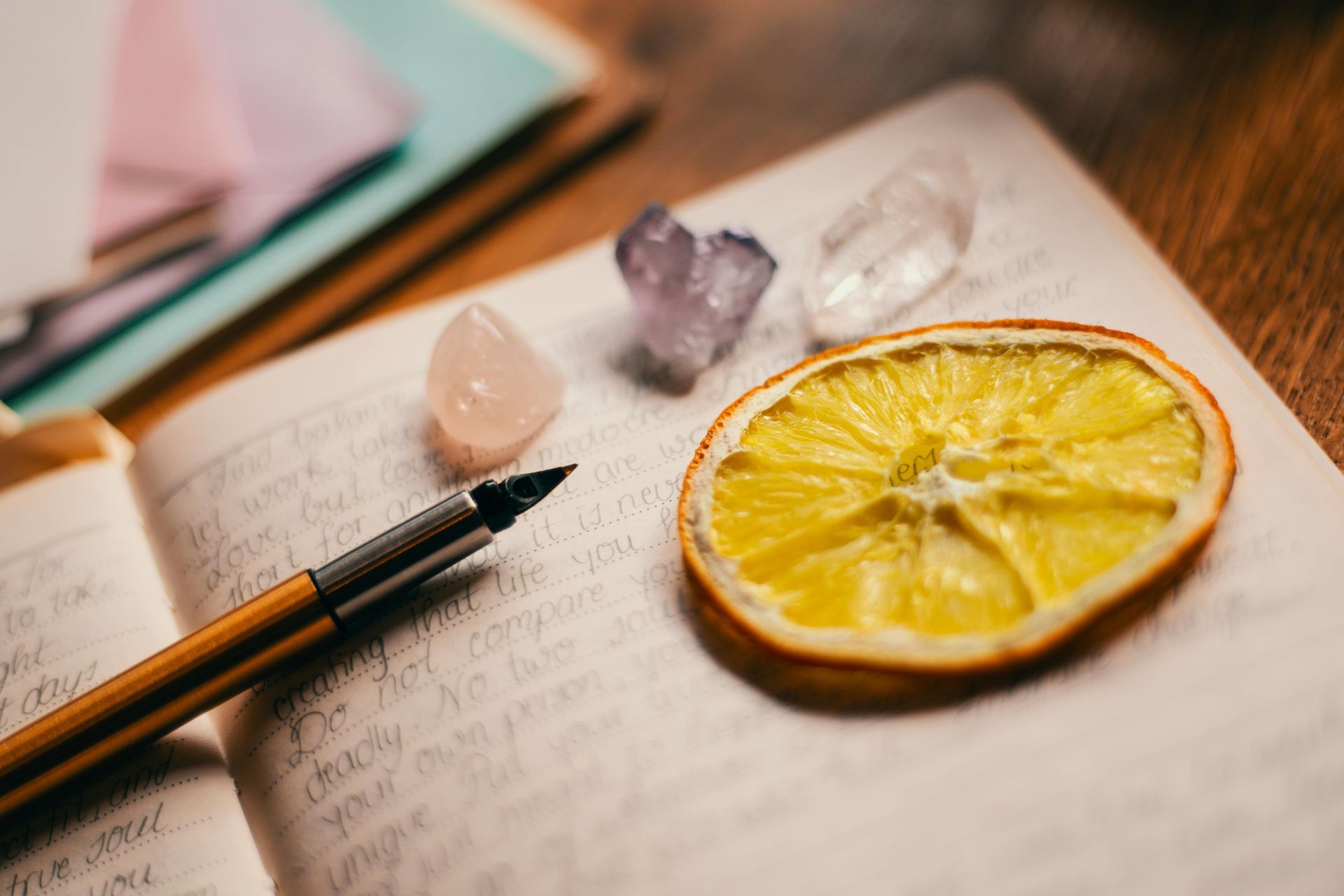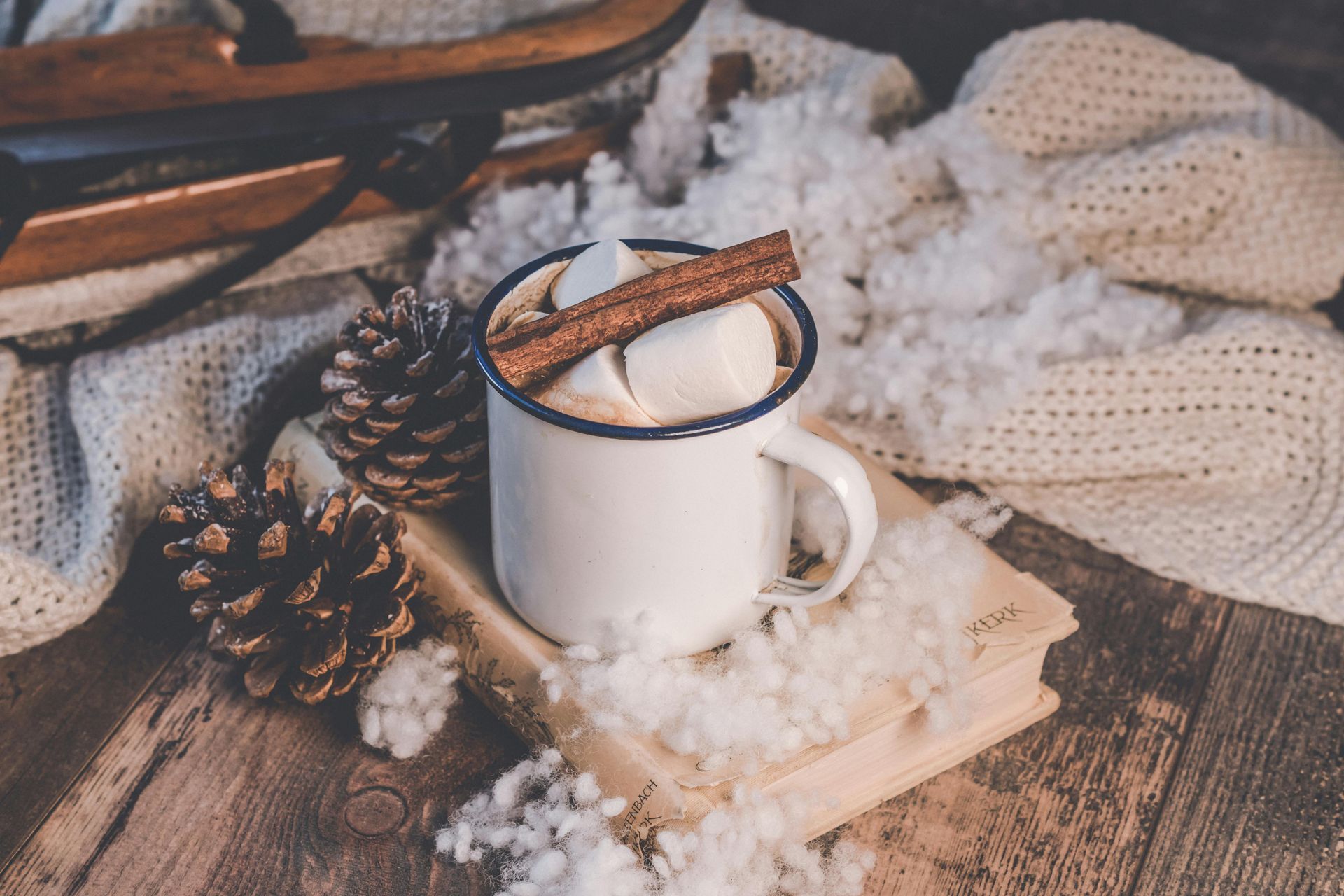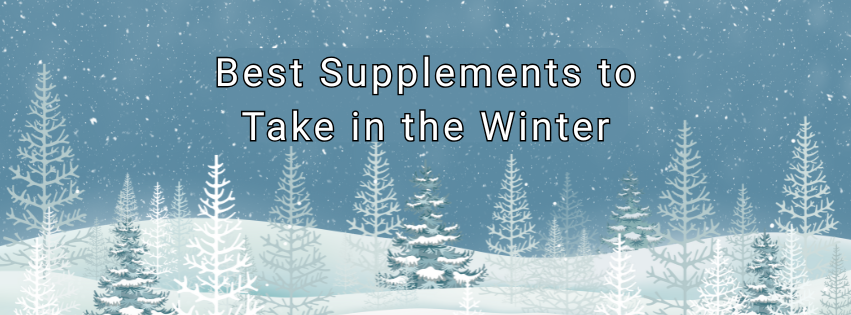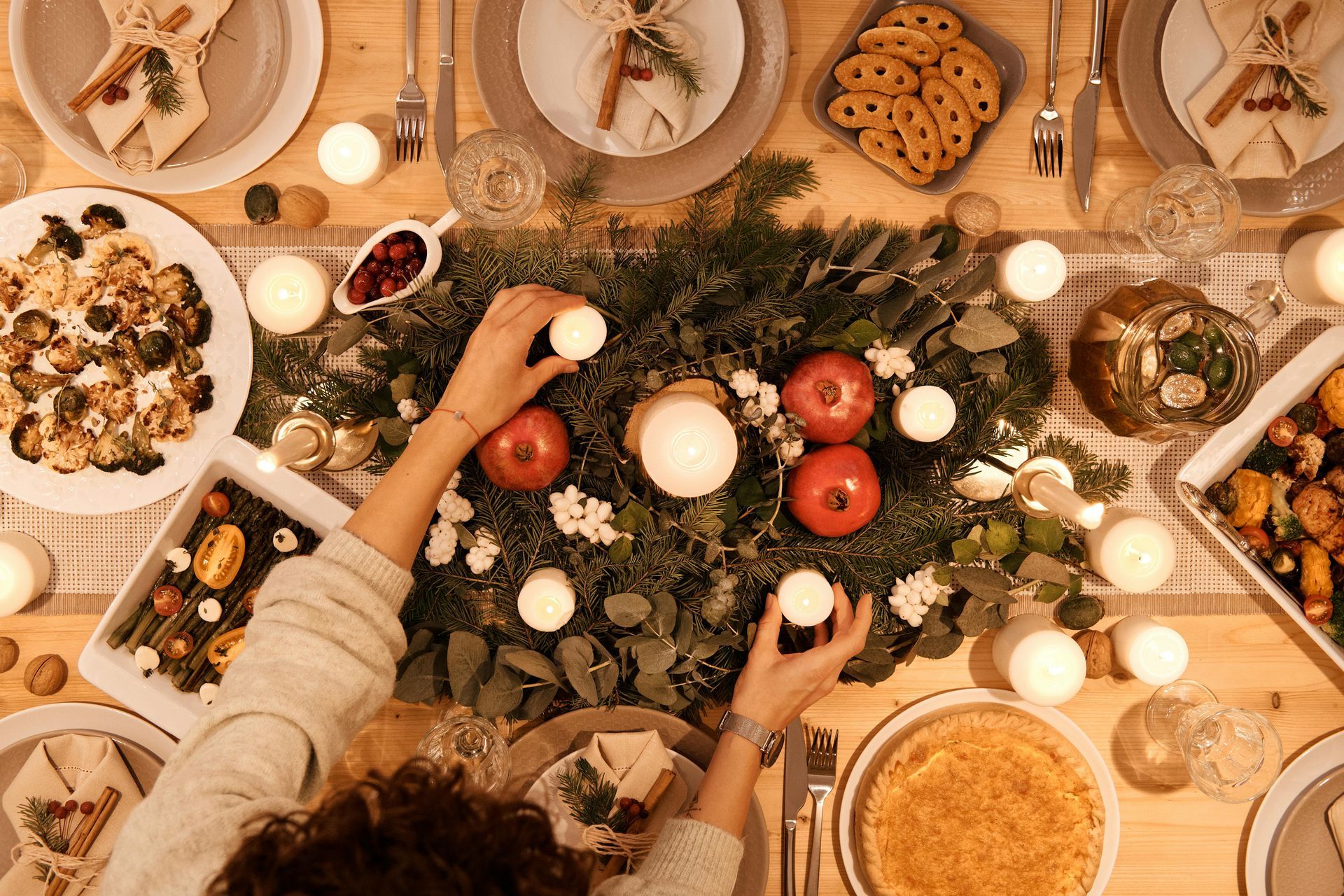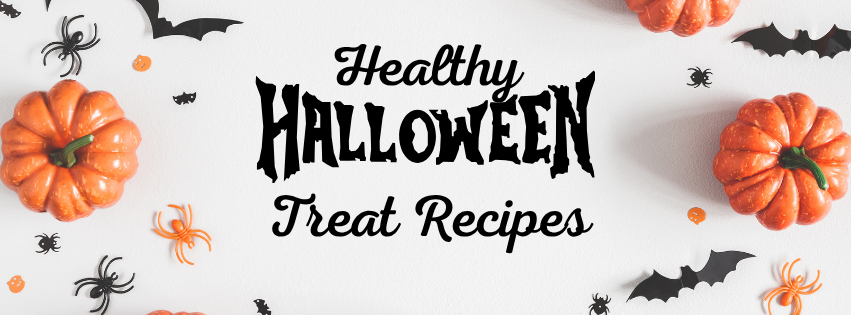How To Deal With Ticks
Know Where Ticks Hide and Why That Matters
As we enjoy more time outdoors, it’s important that we take personal precautions against ticks - for us and our pets. Why is tick protection important? Ticks transmit serious diseases like Lyme disease, which can cause long-term illness affecting your joints, heart, and nervous system.
Here are a few things we should be doing when entering a wooded area:
- Wear long clothing, tucking shirts into pants and pants into socks.
- Wear light coloured clothing so the ticks will be easier seen and removed.
- Use an insect repellent. Most natural bug sprays without deet are not allowed to promise that they will deter insects. You may wish to choose from our selection of outdoor sprays, or go the diy route. You can make your own tick-repellent spray using essential oils you have at home. Essential oils like cedarwood, geranium, lavendar & tea tree along with citronella have been known to repell ticks along with other insects. Use water and witch hazel or apple cider vinegar as your base.
- Try to minimize your contact with tall grasses and bushes.
- Check your clothing and entire body (and we mean, everything) for ticks when returning home.
- *It’s also important to check your pets for ticks regularly.

Safe Tick Removal Techniques You Can Trust
How do you remove a tick? Here are instructions directly from the Peterborough Public Health website:
If you are bitten by a tick, be sure to stay calm, but remove the tick immediately. Follow the steps below to safely remove a tick from your body:
- Remove the tick using a pair of clean, fine-tipped tweezers. Never use fire, chemicals or alcohol to remove a tick.
- Holding the tweezers parallel to the skin, firmly grasp the tick as close to your skin as possible, around the mouthparts of the tick, and gently pull the tick straight out.
- Do not twist or squeeze the tick because this may cause the mouth parts to break off and stay in the skin. Squeezing may also cause the Lyme disease-causing bacterium to enter the body.
- Wash the area where the tick was removed with soap and water and/or disinfect with rubbing alcohol or hand sanitizer.
- If the mouthparts break off and remain in the skin, remove them with tweezers, or if you are unable to remove them easily, leave them alone and let the skin heal.
- If you are not comfortable removing a tick, see a health care provider as soon as possible. If the tick is removed soon after attachment, it will help to prevent infection, as an infected tick has to be feeding for at least 24 hours before it can effectively transmit the bacteria to a human host.
- Once the tick has been removed, place the tick in an empty pill bottle or plastic zipper-closed bag and bring it to Peterborough Public Health. Make sure to record the date of attachment and the likely location where the tick came from. The tick will then be sent away to the Ontario Public Health Laboratory for species identification and bacterial testing.
- If you develop symptoms of Lyme disease in the weeks (3-30 days) after being bitten, contact your health care provider right away.
Venturing into tick habitat? Don’t forget to pack a safe tick removal kit this summer.
Tick kits should include:
- band-aid
- fine needle tweezers
- aseptic wipes
- rubber gloves
- container / ziplock bag to put the tick into
Stay safe as you enjoy the outdoors this summer!
